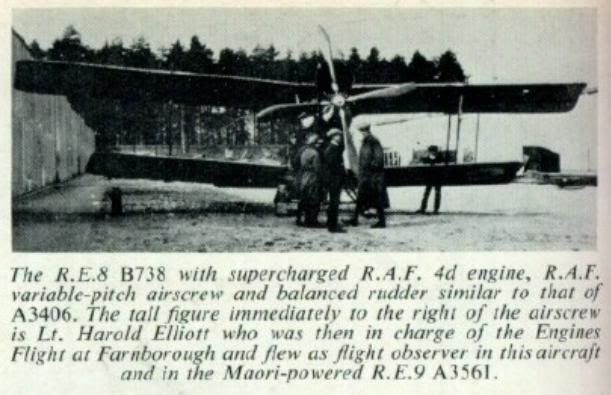Kyleb wrote:
Interesting, but I believe the Lightning is still first.
According to Wikipedia the F-104s mentioned in the article were only re-engined with the J79-GE-19 in 1967, whereas the prototype of the Lightning achieved supercruise in August 1954.
[ref]To follow up on my mention of first turbocharger aircraft in my
first post, I recently came across this interesting picture of an early turbocharged Napier engine:

(Source:
Farnborough Air Sciences Trust)
I also found a book titled
Flight Patterns that states, "[t]he practical application of superchargers apparently originated with Auguste Rateau, a French engineer who had attempted to improve the performance of French fighter planes during World War I." It goes on to claim that "[u]sing this principle, the British set new altitude records...not long after the war's end" before "[t]he idea was picked up in the United States by Dr. Sanford A. Moss" who used it in the LePere LUSAC-11. Assuming that the word "superchargers" in the first quote refers to "turbosuperchargers", when taken together with the picture above, this suggests that the British may have been the first to use turbochargers – before the Americans.
For comparison, here is a picture of the turbocharged LUSAC-11:

(Source:
Aeronautical Systems Center History Office (Archived))
EDIT (23-03-19): It turns out the British apparently did beat the Americans to the first turbocharged airplane. A Royal Aircraft Factory R.E.8, B738, was flown with an RAF 4d engine equipped with a Rateau turbocharger in April 1918:

(Source:
The Aerodrome)
However, the British may have themselves been preempted by the French as Rateau was a French company and the Bréguet XIV A2 is also noted as being flown with one in 1918.
[ref]_________________
Tri-State Warbird Museum Collections Manager & Museum Attendant
Warbird Philosophy Webmaster





